Kitchen Decor How To Overview
Revamping your kitchen doesn’t always require a complete overhaul. Sometimes, a few strategic changes can dramatically enhance the space. This guide provides simple, yet effective, ways to refresh your kitchen decor without resorting to complex DIY projects. We’ll explore how to define your style, select the perfect color palette, incorporate textiles, optimize lighting, add greenery, and choose the right accessories. This is about quick wins and easy transformations to create a more inviting and functional kitchen, focusing on achievable updates that fit into busy schedules and various budgets. The goal is to help you create a kitchen that is both beautiful and practical, a space where you love to spend time, without getting bogged down in complicated or time-consuming crafts.
Understanding Your Kitchen’s Style
Before diving into any decorating, it’s crucial to understand the existing style of your kitchen. Is it modern, traditional, rustic, or something else? Identifying the base style will provide a foundation for your decor choices and prevent clashing elements. Look at the cabinetry, countertops, and flooring. These elements will heavily influence the overall aesthetic. Consider the architectural features, such as the presence of an island, the layout of the kitchen, and any unique characteristics. Observing these features helps to establish the existing style, which serves as a guideline for subsequent decoration decisions. Aligning with your kitchen’s current style ensures a cohesive and appealing result. This initial assessment will help you make informed decisions throughout the decorating process.
Identifying Your Personal Preferences
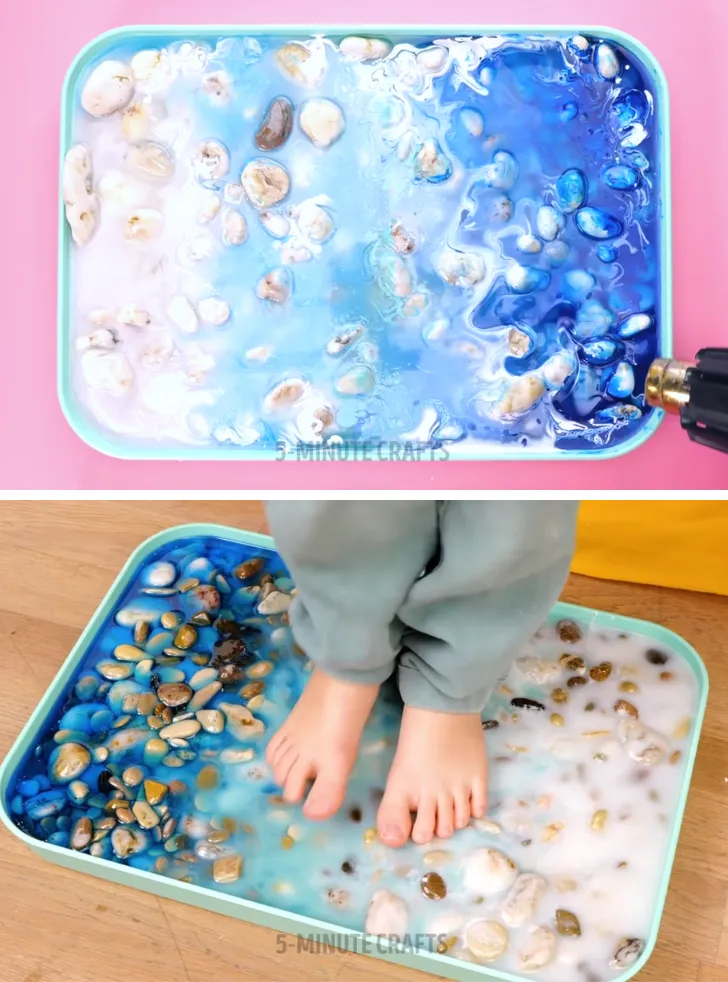
Your kitchen should reflect your personal taste and needs. Consider what appeals to you – do you prefer a minimalist, clutter-free space, or a warmer, more lived-in environment? What colors, textures, and materials do you gravitate toward? Browse through interior design magazines, websites, and social media platforms such as Pinterest and Instagram to gather inspiration and identify the styles you like. Save images of kitchens that resonate with you. These references will act as a visual guide. Create a mood board or a digital collection to help you consolidate your ideas. This will help you to focus on a style that suits your personality and daily life, rather than following trends that don’t truly resonate with you.
Assessing Existing Kitchen Features
Take a careful look at the current state of your kitchen. Assess what elements you like and what needs improvement. Note the condition of your cabinets, countertops, and appliances. Do they need minor cosmetic updates or a more extensive refresh? Evaluate the functionality of your kitchen. Are there any storage issues or workflow challenges? How is the lighting? Is it sufficient for different tasks? What natural light comes in? These observations will inform the choices you make during your decorating process. They’ll highlight areas that you can improve with decorative elements. Assessing these features will ensure that you decorate your kitchen to create a space that is both beautiful and functional.
Quick & Easy Kitchen Decor Ideas
Color Palette Selection
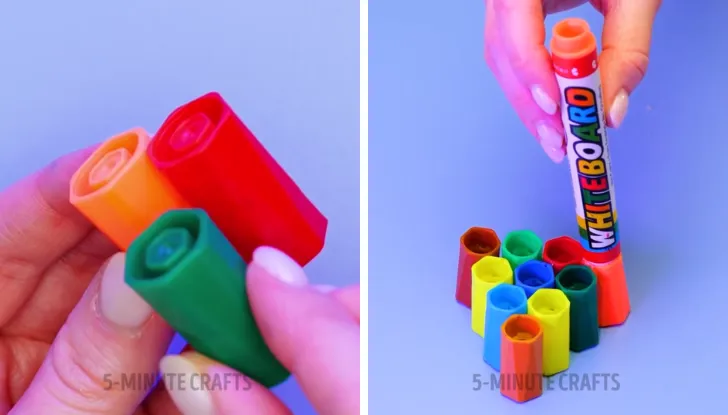
The color palette is one of the most impactful elements. A new coat of paint can dramatically transform the kitchen, or even just the addition of colored accessories. If you’re hesitant to repaint the entire kitchen, consider painting just an accent wall or the kitchen island. Choose colors that complement the existing elements of your kitchen. Neutral tones such as white, gray, or beige provide a versatile base and allow you to incorporate colorful accessories. Use a color wheel or color palette generator to identify color combinations that work well together, or use a pre-designed color palette. The right color palette can create a cohesive and visually appealing space without undertaking any major renovation work.
Choosing the Right Colors
Consider the amount of natural light in your kitchen when choosing paint colors. Lighter colors can make a small kitchen feel larger and brighter, while darker colors can add a sense of coziness. Think about the mood you want to create. Do you want a vibrant and energetic space or a calm and relaxing one? If you want a bright and open feel, whites, creams, and light grays are excellent choices. For a warm and inviting atmosphere, consider shades of yellow, orange, or warm neutrals. For a more contemporary look, incorporate colors like blue, green, or charcoal gray. Always test paint samples before committing to a color. Paint a small section of your wall and observe how it looks in different lighting conditions throughout the day.
Color Psychology in Kitchens
Colors have a profound impact on our emotions and behavior. In the kitchen, consider how different colors might influence your mood and appetite. For example, red can stimulate appetite and energy, making it a good choice for a kitchen where you want to encourage social interaction. Yellow is associated with happiness and cheerfulness, creating a welcoming atmosphere. Blue is often considered calming but can also suppress appetite, so it’s best used sparingly. Green evokes nature and can promote a feeling of freshness and well-being. White is clean and airy, giving a sense of spaciousness. Choose colors that reflect your desired mood and functionality of the kitchen. Consider how the colors will affect your overall experience in the kitchen.
Adding Decor with Textiles
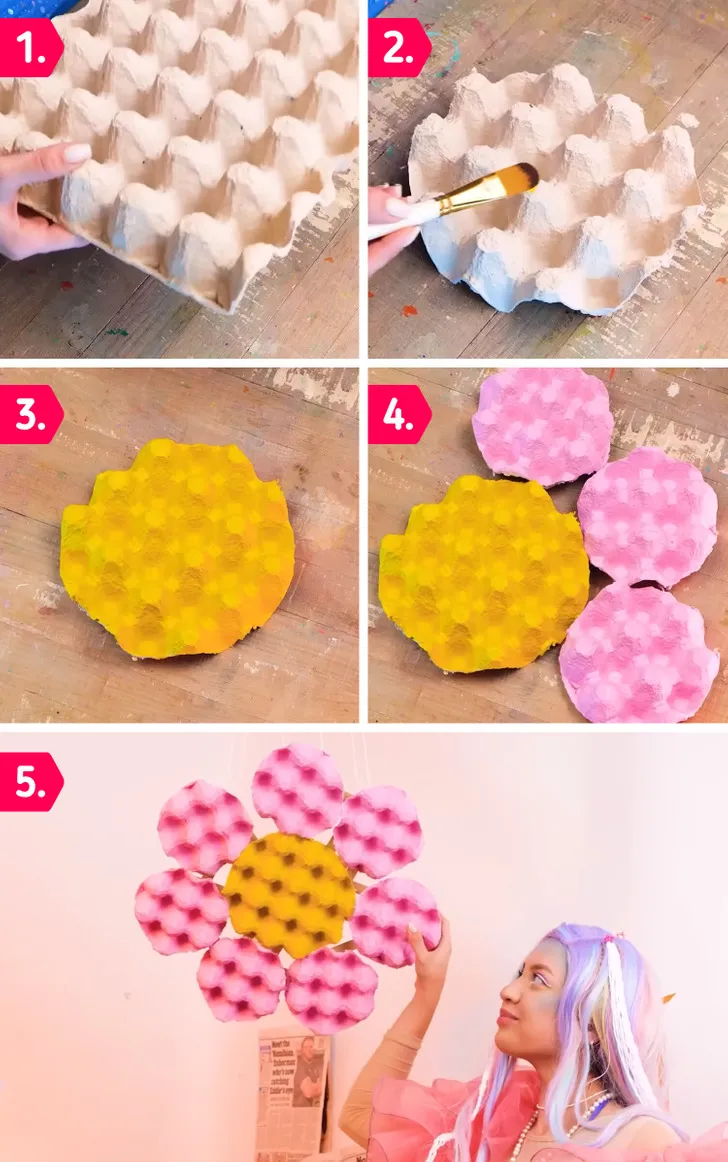
Textiles are an excellent way to add warmth, texture, and personality to your kitchen. They’re also one of the easiest elements to change. From curtains to table linens, fabrics can dramatically change the look and feel of the space. Fabrics introduce pattern and color, creating visual interest and softening hard surfaces. Textiles can be updated seasonally or as your preferences change, adding variety to your kitchen decor. The strategic use of textiles will help bring an added layer of comfort, adding an inviting feel to your kitchen.
Curtains and Fabrics
Window treatments can dramatically impact the atmosphere of your kitchen. Choose curtains or blinds that provide privacy while also letting in natural light. Consider the fabric and pattern to complement your existing decor. Light and airy fabrics like linen or cotton work well for a casual and breezy feel. For a more formal look, opt for heavier drapes in rich colors or patterns. Roman shades are a practical option for a streamlined aesthetic, while patterned curtains can add visual interest and personality. Ensure the fabric is washable and resistant to kitchen-related stains. Choosing the right fabric and curtain style will allow you to control the amount of light and create a more comfortable environment.
Table Linens and Kitchen Towels
Table linens and kitchen towels are often overlooked, but they offer a simple way to add color, texture, and visual interest. Tablecloths, placemats, and napkins can brighten the dining area, coordinating or contrasting with the overall kitchen decor. Kitchen towels are a practical accessory that can also be stylish. Choose towels in complementary colors, patterns, or seasonal themes. Change these textiles frequently to keep the space feeling fresh. These small additions are relatively inexpensive but can make a significant difference in the kitchen’s overall aesthetic. They are a perfect opportunity to experiment with color and pattern without a big investment.
Lighting Solutions for Kitchens
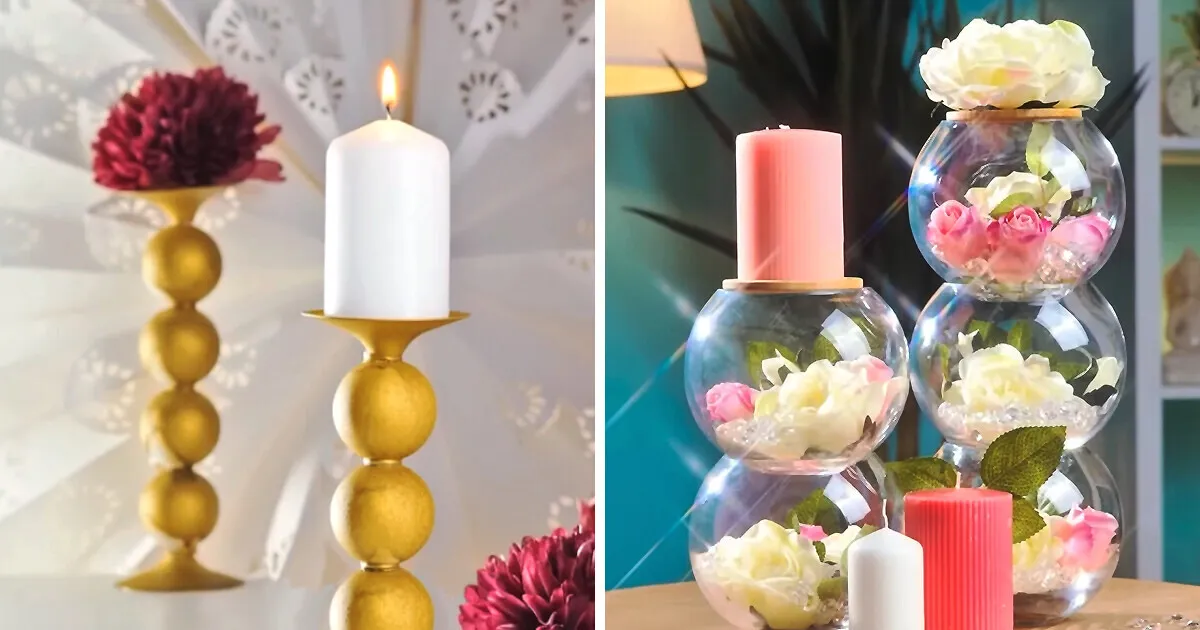
Lighting is critical. The right lighting can transform a kitchen. It can enhance both the functionality and the atmosphere of the space. Proper lighting not only improves visibility but also affects the mood. Consider different types of lighting. Combine ambient lighting, task lighting, and accent lighting to create a well-rounded lighting scheme. Adequate lighting will contribute to a functional and inviting kitchen space. Adding the correct lighting will brighten up the space, creating both aesthetic and practical value.
Ambient, Task, and Accent Lighting
Layering different types of lighting is essential. Ambient lighting provides overall illumination, task lighting focuses on specific work areas, and accent lighting highlights certain features. Ambient lighting is often provided by recessed lights, pendant lights, or chandeliers. Task lighting should be placed above work surfaces like countertops and islands. This can include under-cabinet lights or pendant lights. Accent lighting can be used to highlight artwork, architectural features, or decorative items. Combining these three types of lighting will create a balanced and functional lighting plan. This layering technique will enhance the usability and visual appeal of your kitchen.
Choosing the Right Lighting Fixtures
Select lighting fixtures that complement your kitchen’s style and functionality. Consider the size and scale of the fixtures. For a small kitchen, choose smaller fixtures to avoid overcrowding the space. In a large kitchen, consider multiple fixtures or larger pendants. The finish and style of your fixtures should match your existing decor. For example, if you have a modern kitchen, choose sleek, minimalist fixtures. If you have a rustic kitchen, consider industrial-style pendant lights or farmhouse-style chandeliers. Energy-efficient options such as LED bulbs not only save energy but also come in various styles and colors. Consider dimmers to adjust the lighting levels for different activities, creating a versatile and inviting space.
Adding Greenery to Your Kitchen
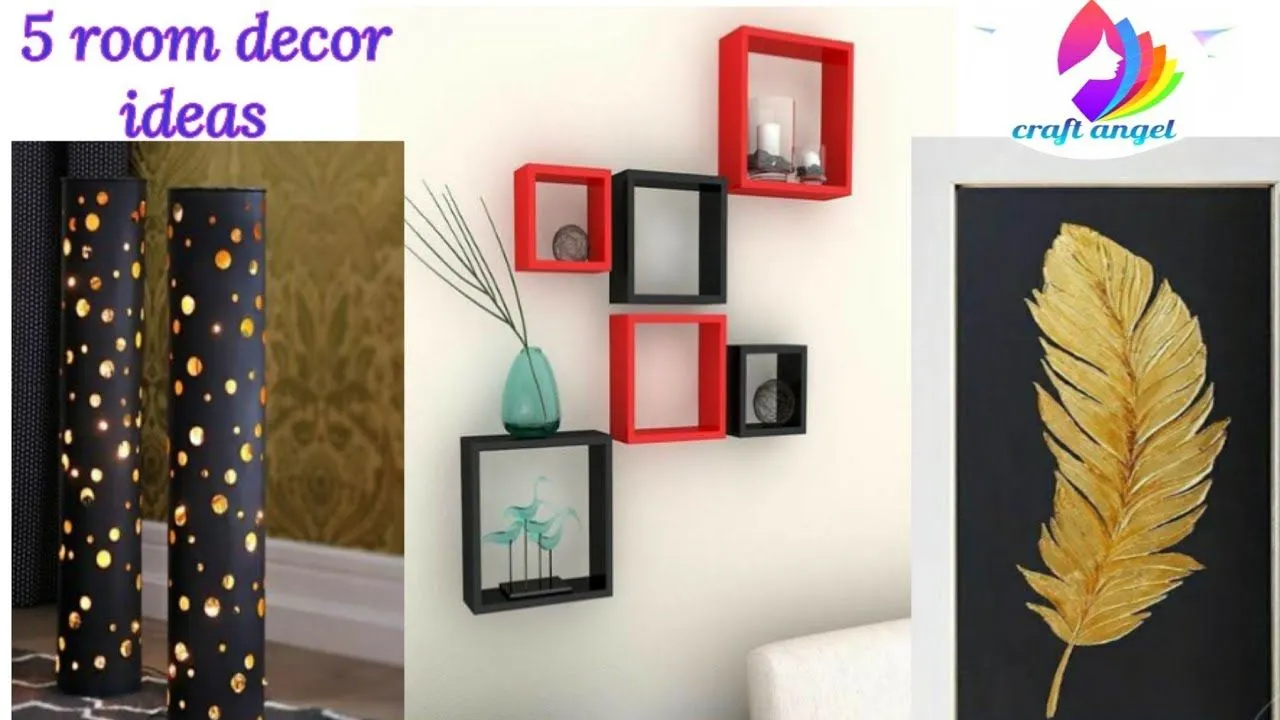
Adding plants is a quick and easy way to add life and vibrancy to your kitchen. Greenery instantly adds freshness and a natural touch, improving the overall feel of the space. Plants not only enhance the aesthetics but also purify the air, making your kitchen a healthier environment. Even a single plant can make a difference, and incorporating plants into your kitchen decor is a simple way to introduce a calming and refreshing element. Fresh herbs can also be added, which have both aesthetic and culinary benefits. Carefully selecting the type of plants will enable you to maintain the aesthetic you want and add value to your kitchen.
Types of Plants Suitable for Kitchens
Choose plants that thrive in kitchen environments. Consider the amount of light in your kitchen. Some plants prefer direct sunlight, while others do well in low-light conditions. Herbs like basil, mint, rosemary, and parsley not only look great but also provide fresh ingredients for cooking. Other easy-to-care-for options include snake plants, spider plants, and pothos, which are known for their air-purifying qualities. Consider the size of the plant and the available space. Small plants can sit on countertops or windowsills, while larger plants can be placed on the floor or a kitchen island. Succulents and cacti are low-maintenance choices that add a touch of modern elegance. By selecting suitable plants, you’ll enhance your kitchen’s visual appeal and create a healthier environment.
Plant Placement and Maintenance
Careful placement is essential. Place plants where they’ll receive adequate light and won’t interfere with kitchen activities. Consider placing plants on windowsills, countertops, open shelves, or hanging from the ceiling. Make sure the plants are accessible for watering and maintenance. Regular care, including watering, fertilizing, and pruning, is necessary to keep your plants healthy. Check the soil moisture regularly and water when needed. Provide adequate sunlight, or supplement with grow lights if necessary. Wipe down leaves occasionally to remove dust. Consistent care will ensure that your plants thrive and continue to enhance the look and feel of your kitchen. Properly placed and well-maintained plants will add a natural and inviting touch to your kitchen space.
Maximizing Countertop Space
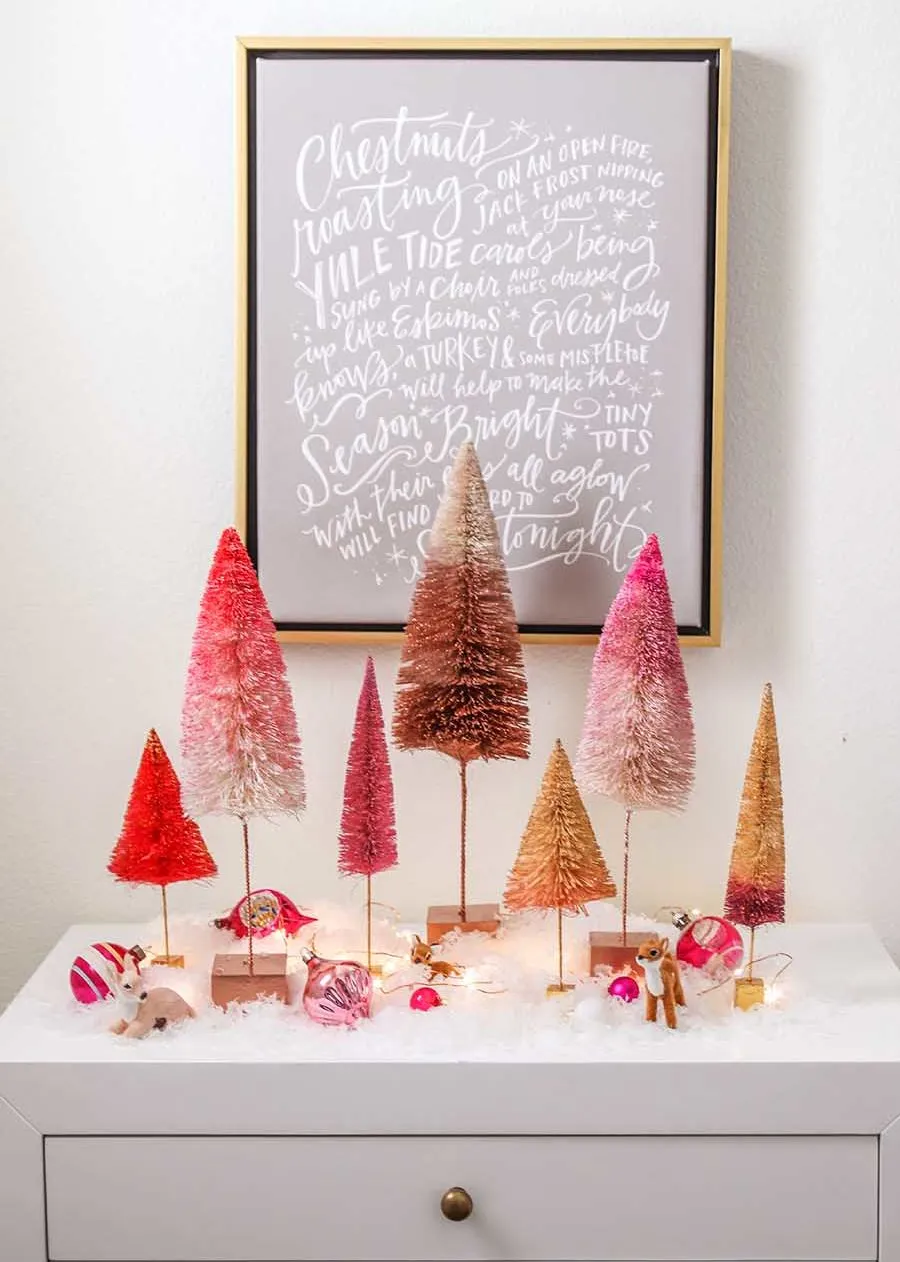
Countertop space is valuable. Clear countertops create a more functional and visually appealing kitchen. Consider how to organize and declutter the surfaces. Use your countertops efficiently and avoid clutter. Keeping countertops clear allows for more space to prep food, cook, and enjoy the space. A cluttered countertop can make a kitchen feel smaller and less organized. Maximizing countertop space provides more usability and makes the kitchen more inviting.
Organization and Functionality
Invest in organizational tools and storage solutions. Use trays to group items together, such as spices, oils, and frequently used cooking ingredients. Install wall-mounted shelves to store frequently used items. Utilize drawer dividers to keep utensils, cutlery, and other kitchen tools organized. Designate specific areas for everyday appliances, such as your coffee maker or toaster. Store these items when not in use, to free up counter space. Organizing your kitchen will promote functionality and will contribute to a cleaner, more efficient workspace. Proper organization will increase your enjoyment of the space.
Decorative Storage Solutions
Choose decorative storage solutions that blend functionality with aesthetics. Consider using attractive jars or canisters for dry goods, such as flour, sugar, and coffee beans. Display colorful cookbooks on open shelves. Use decorative baskets to store fruits and vegetables. Install open shelving to display attractive dishware or glassware. Consider decorative hooks and rails for hanging pots and pans, creating a rustic look. Choose storage solutions that complement your kitchen decor and add a touch of style. This will create an organized and visually appealing space, enhancing the overall aesthetic of your kitchen.
Finishing Touches and Accessories
Accessories are the final layer of kitchen decor. They reflect your personality and interests. From artwork to kitchen tools, carefully chosen accessories can complete the look. These small details add personality and style. Accessories can be updated frequently to refresh the look and feel of the kitchen without a significant investment. Accessories make the space feel more personal and add a special touch to the kitchen.
Choosing the Right Accessories
Select accessories that complement your existing decor. Choose items that reflect your personal style and interests. Consider the scale and quantity of the accessories. Don’t overcrowd the space with too many items. Less is often more. Place a few carefully chosen items to make an impact. Coordinate your accessories with the existing colors and patterns in your kitchen. Use a common theme throughout to create cohesion. Display your favorite kitchen tools. Add a touch of personality through unique items such as vintage scales, decorative cutting boards, or stylish salt and pepper shakers. Accessories are an excellent way to personalize your kitchen and make it feel like home.
Artwork and Wall Decor
Artwork adds visual interest and personality to the kitchen. Choose artwork that complements your decor, such as a gallery wall with framed prints. Select pieces that feature food or kitchen-related themes. Hang a large piece of artwork as a focal point. Add mirrors to reflect light and make the space feel larger. Use decorative shelves to display small framed prints or other decorative items. Consider the size of the artwork. Make sure it’s in proportion to the walls. Choose a color palette that complements your kitchen’s scheme. The right artwork will enhance the look and feel of your kitchen. It will add character and make the space feel more inviting.
Accessorizing with Kitchen Tools
Kitchen tools can be both functional and decorative. Display your favorite utensils in a decorative container on the countertop. Hang pots and pans on a rack or wall-mounted hooks. Arrange cookbooks on open shelves or a cookbook stand. Choose stylish appliances that add to your kitchen’s aesthetic. Select unique or vintage items to add a touch of personality. Consider the color and finish of your tools, ensuring they coordinate with your decor. Carefully chosen kitchen tools can enhance the visual appeal of your kitchen. They make the kitchen space more enjoyable.
Finalizing the Kitchen Decor
Take a final look at your kitchen. Review the changes you’ve made. Ensure all elements work harmoniously. Make any necessary adjustments. Step back and evaluate how the space feels. Make sure it reflects your personal style. Ensure the function of the space meets your needs. Minor adjustments might be necessary to create the perfect kitchen decor. Ensuring that all elements complement each other will allow you to create a kitchen that is both stylish and functional. A well-decorated kitchen will be a space you love to spend time in, reflecting your style and needs.
Reviewing and Refining Your Decor
After completing the decorating, step back and assess the results. Does the kitchen feel inviting and functional? Is the decor cohesive and pleasing to the eye? Make a list of any adjustments needed. Perhaps you need to add more plants, swap out accessories, or adjust the lighting. Don’t be afraid to experiment with different arrangements and styles. Regularly review and refine your decor. Seasonal changes or updates can keep the space feeling fresh. Adapt your decor to evolving needs and preferences. Refining your decor is an ongoing process. Keep the space feeling fresh. Regularly review and make changes. These small changes will ensure your kitchen remains a welcoming and enjoyable space.
